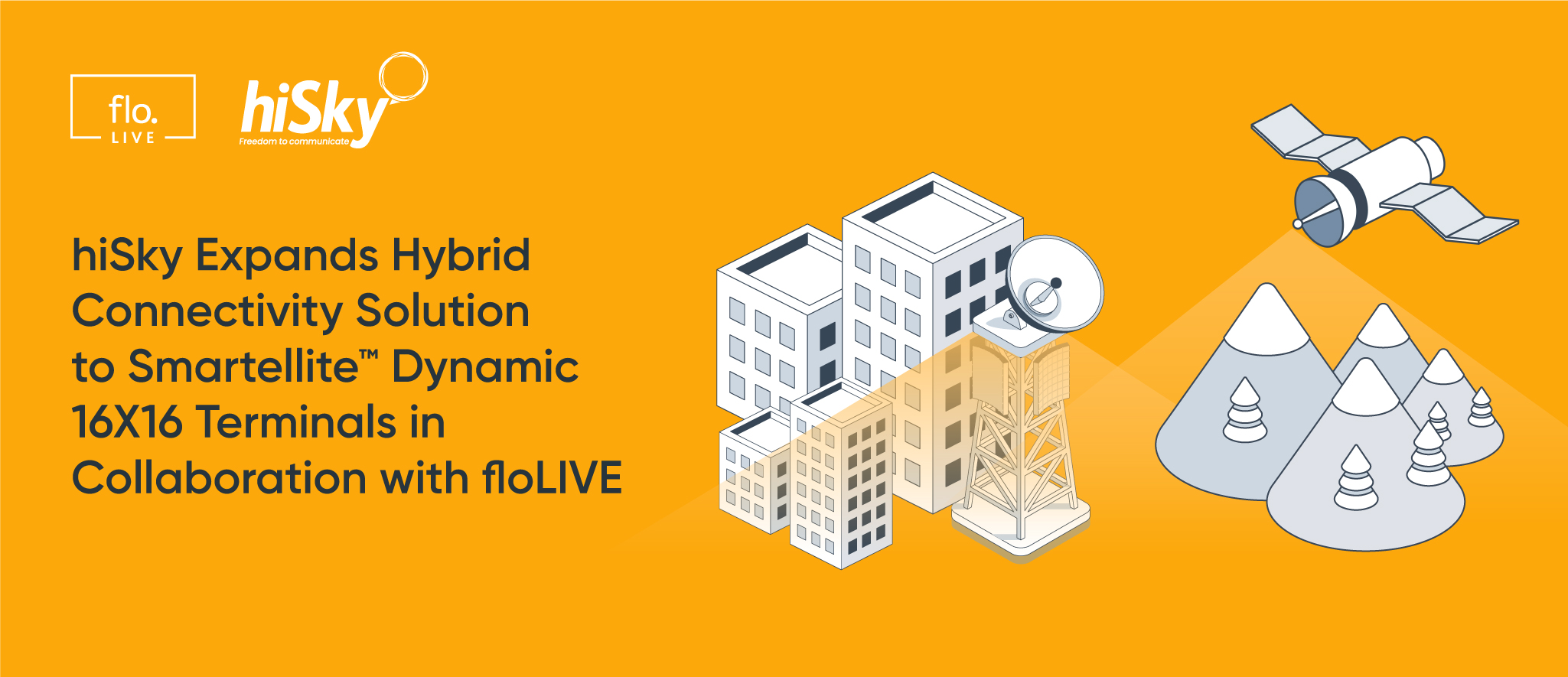Page Contents
The IoT Compatibility Conundrum

Page Contents
Ensuring IoT compatibility across the entire ecosystem of hardware, software, backends, connectivity, and cloud applications can be excruciating.
IoT compatibility across the ecosystem is challenging due to diverse hardware, software, and communication protocols used by different devices and manufacturers. Variations in standards and a lack of universal frameworks complicate seamless integration. Additionally, security concerns and proprietary technologies can create barriers. These factors make it difficult to achieve interoperability, requiring complex solutions to ensure that various IoT devices and systems can work together efficiently and securely.
The Challenges in IoT Compatibility
Trying to integrate all of the components of IoT can be incredibly challenging. The technical elements that need to be considered include cloud application development, device provisioning and configuration, sensor and host selection, wireless backhaul design, hardware development and firmware development. This follows a process of proof of concept, pilot deployments, testing, and redesign.
Specifically, according to recent industry research, some of the different complexities that arise during the design phase of an IoT deployment include the different connectivity options, merging OT and IT, different application and performance requirements and global connectivity.
I recently spoke during IoT Days Summer on how these challenges can be resolved and there is a checklist that can be followed to ensure that you’re asking the right questions in order to create compatibility across the ecosystem.
The Design Flow: Application
It is incredibly important to understand your application fully in order to design it with worldwide connectivity compatibility in mind. The considerations you need to address when considering your application and its performance are:
Bandwidth
- Low bandwidth is suitable for devices that infrequently transmit small amounts of data, such as temperature sensors or simple status updates. Examples include smart thermostats and basic environmental sensors.
- Medium bandwidth is needed for devices that require regular data transmission and occasional updates. Examples are smart home systems that monitor energy use or more complex environmental sensors.
- High bandwidth is required for large data transfers or real-time data streaming applications. This includes video surveillance systems, high-definition cameras, and advanced industrial monitoring systems.
- On opposite ends of the spectrum are ultra-low bandwidth – for relatively simple devices that wake infrequently to communicate data – and ultra-high bandwidth, like robotics and autonomous vehicles.
Latency
- Ultra-low latency and low latency are essential for real-time or near-real-time applications where immediate response is critical. Examples include autonomous vehicles, industrial automation, and remote surgery. Low latency ensures timely communication and control, minimizing delays. This type of requirement will be best supported by Standalone 5G.
- Medium latency is suitable for applications where a slight delay is acceptable but still requires relatively prompt data processing. Examples include smart home systems with automated lighting or heating controls, where a few seconds of delay is acceptable.
- High latency can be tolerated in applications where timely updates are less critical and occasional delays don’t significantly impact functionality. Examples would be environmental monitoring in smart cities or agriculture.
The Design Flow: Location
Location will be incredibly important in designing your solution with IoT compatibility because, first, it will determine where and how you source your connectivity. If you’re headquartered in the U.S. and only deploying in the U.S. in a particular region, you might just need connectivity from a single Mobile Network Operator (MNO). If you’re in Europe, that expands your connectivity ecosystem. If you’re headquartered in APAC and deploying around the world, the complexity increases significantly.
The location and reach of your solution calls into question the following considerations:
- Regulatory compliance: With roaming, data privacy and sovereignty, and burgeoning security regulations, where your devices collect, transmit and store data matters significantly.
- Resilience and availability: Whether devices are stationary or mobile matters in solution design because you need to understand your tolerance for coverage gaps. Can a telematics device tolerate going dark along a route or is it important for it to remain always connected? Or does your stationary device demand critical connectivity that even a small loss of coverage could cause serious impacts? A good example would be a point-of-sale (POS) device where, if connectivity is lost, that could result in a loss of sales dollars. Determining your risk tolerance for going dark determines how resilient and available your connectivity needs to be.
- Logistics and supply chain management: Many organizations just want their devices to work and not manage the complexities of multiple SIM cards from multiple providers and the carousel of logistics management associated with that. Oftentimes, a single-SKU approach to IoT connectivity means much less logistical hassle and guaranteed connectivity through a single SIM.
The Design Flow: Connectivity Technology
Understanding your application and location requirements helps drill down the decision on connectivity technology, which is extremely helpful when considering IoT compatibility as there are many different technologies. And understanding the benefits and requirements of each can help determine which is best suited for your solution.
LoRaWAN (Long Range Wide Area Network):
- Use Case: Agricultural sensors, smart city infrastructure.
- Application Requirement: Long-range communication with low power consumption for infrequent data transmission.
- Benefits: Excellent for low data rate applications over several kilometers, suitable for remote or rural deployments.
NB-IoT (Narrowband IoT):
- Use Case: Smart meters, asset tracking, and environmental monitoring.
- Application Requirement: Low power, wide coverage, and deep indoor penetration with low data rate requirements.
- Benefits: Provides strong coverage in challenging environments like underground or dense urban areas with efficient power use.
Cellular (4G/LTE and 5G):
- Use Case: Mobile IoT devices, real-time video streaming, and high-bandwidth applications.
- Application Requirement: High data volume, low latency, and broad coverage for real-time data transfer and high-speed communication.
- Benefits: Provides high-speed connectivity and wide area coverage, suitable for applications needing large bandwidth and reliable network access.
Satellite Connectivity:
- Use Case: Remote area communication, global internet access, and emergency services.
- Application Requirement: Line-of-sight to satellites, satellite compatible modem, stable power supply, and subscription to satellite service.
- Benefits: Offers global coverage, including remote and underserved regions, and provides reliable connectivity where terrestrial networks are unavailable.
Wi-Fi:
- Use Case: Smart home devices, like smart speakers and thermostats.
- Application Requirement: High data throughput and relatively low latency for real-time interactions and streaming.
- Benefits: Provides high bandwidth and ease of integration with existing home networks but may have higher power consumption and limited range.
Bluetooth Low Energy (BLE):
- Use Case: Fitness trackers, smartwatches, and medical sensors.
- Application Requirement: Low power consumption and short-range communication for periodic data updates.
- Benefits: Efficient for battery-operated devices with infrequent data transmission needs and suitable for personal area networks.
Ending the IoT Compatibility Conundrum with the Right Connectivity Provider
By working through the above considerations, you can make the most informed decision in selecting a connectivity provider.
At floLIVE, we’re helping companies worldwide from Mobile Network Operators to Mobile Virtual Network Operators and enterprises with very particular needs to fine-tune the right solution for their IoT application through our Multi-IMSI solution that allows global cellular connectivity with satellite as a backup.
We’ve built the world’s largest IoT cellular infrastructure, featuring numerous points of presence worldwide. Our service is supported by over 15 partnerships with Mobile Network Operators (MNOs). We assist companies in precisely defining the optimal solution, as we believe that effective connectivity requires careful planning and customization before implementing a global solution.
I would love to be able to tell you more – just reach out to get the conversation started.


Join Our Newsletter
Get the latest tips and insights in our monthly newsletter.








